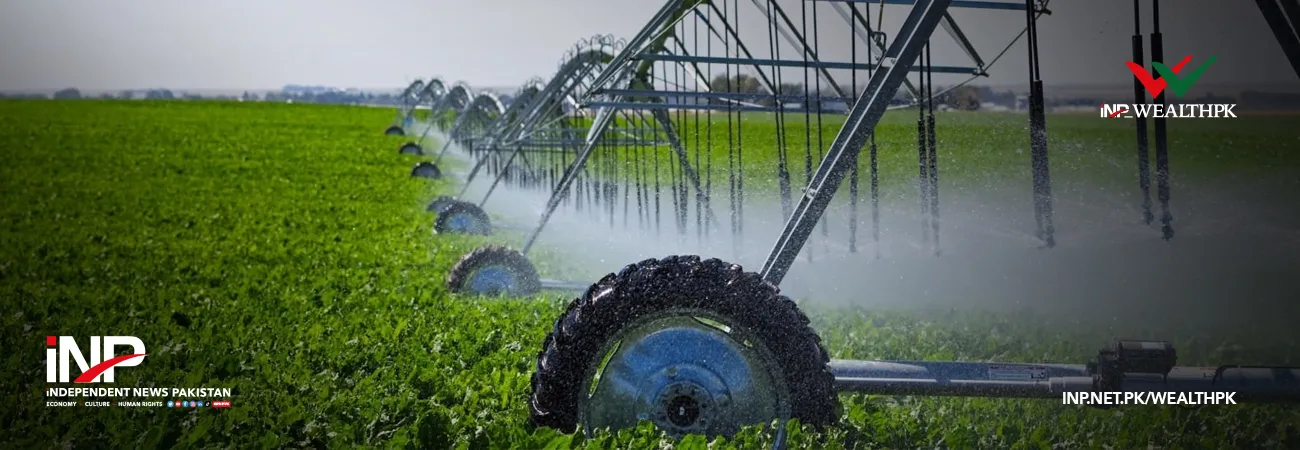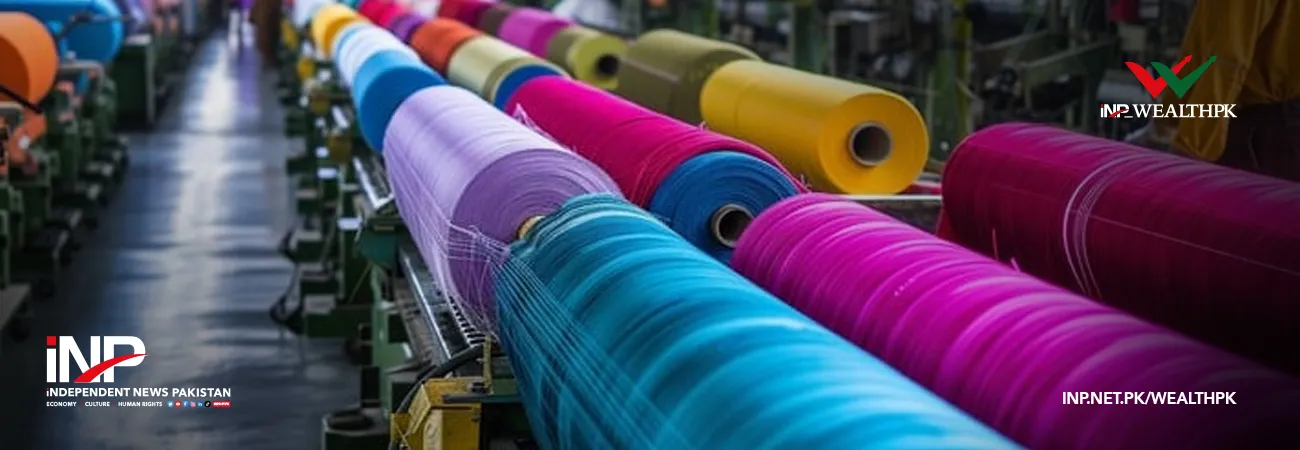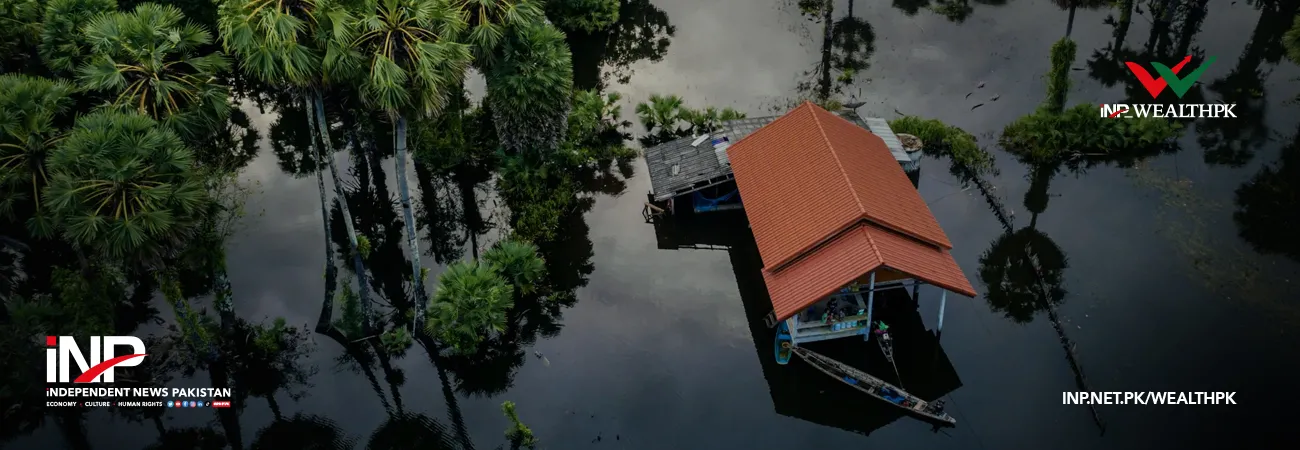INP-WealthPk
Ahmed Khan Malik
The Sindh government has completed development schemes worth around Rs80 billion during the last five years to uplift the province’s irrigation sector.
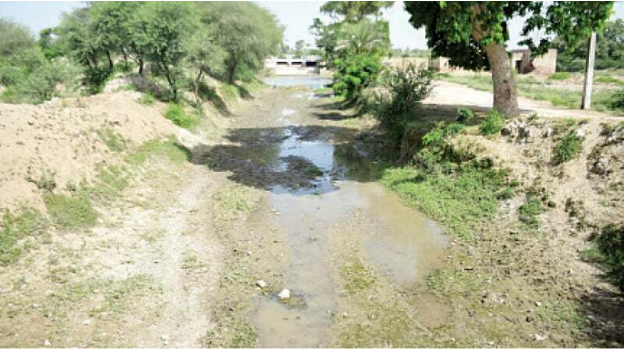
The completion of these schemes has saved 5,880 cusecs of water in the province, according to the official figures, also available with WealthPK. Officials in the irrigation department say that massive development work in the irrigation department has been carried out under a well-designed water policy, which aims to address the major concerns and issues related to water in the province. Sindh, the second most populous province of Pakistan with close to 50 million people, heavily relies on water for socioeconomic development and livelihoods. However, the available water resources are limited, with mean annual rainfall ranging between 100 and 200mm.
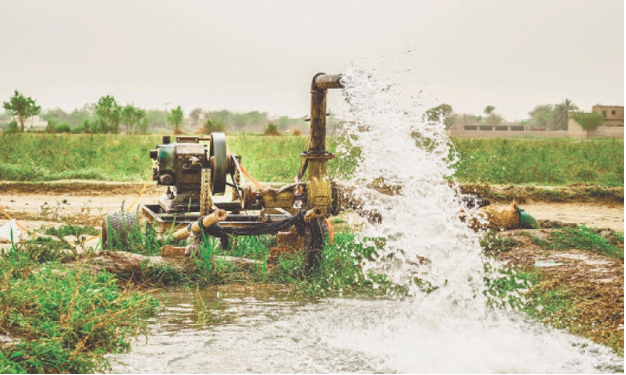
The main source of water in Sindh is the Indus River, which is diverted through an extensive hydraulic infrastructure. “The province faces multiple challenges, including reduced surface water inflows as a lower riparian, uncontrolled flood releases during flood periods, and deteriorating water quality in the Indus River,” said Mumtaz Jakhrani, Director of Irrigation Department. He added that climate change exacerbated the situation, leading to increased frequency and intensity of droughts and floods, affecting agriculture, livestock and coastal areas. He said that the population growth and migration from rural to urban areas further strained water resources, creating higher demand for potable water, industrial use and sewage management. Jakhrani said that the Sindh Water Policy sought to address these challenges by emphasising sustainable water use, improved spatial planning, flood resilience and equitable water access and decision-making. He said that the irrigation system of the three barrages (Guddu, Sukkur and Kotri) in Sindh consisted of canals, distributaries and minors.
“All the canals, distributaries and minors are earthen built, which causes sufficient seepage of irrigation water, water logging, salinity and line losses due to which the tail-ender ‘Khatedars’ suffer badly.” Jakhrani said to counter the menace of water logging and salinity and minimise line losses, there was a great need for lining of distributaries and minors in the canal command areas of the barrages. Dr Bakhshul Lashari, a water expert, noted that seepage in the irrigation system remained uncontrollable. He pointed out that injudicious distribution of water remained a menace as landowners in the upper Sindh used water first while the tail-end growers faced severe shortages. “Salinity in such tail-end regions is always bound to increase owing to capillary action,” he said, adding that the drainage system vital to control waterlogging existed in 40% to 50% of the command area. “The lining of watercourses and distributaries is a must for bringing more area under cultivation or improving soil fertility.”
Credit: INP-WealthPk



